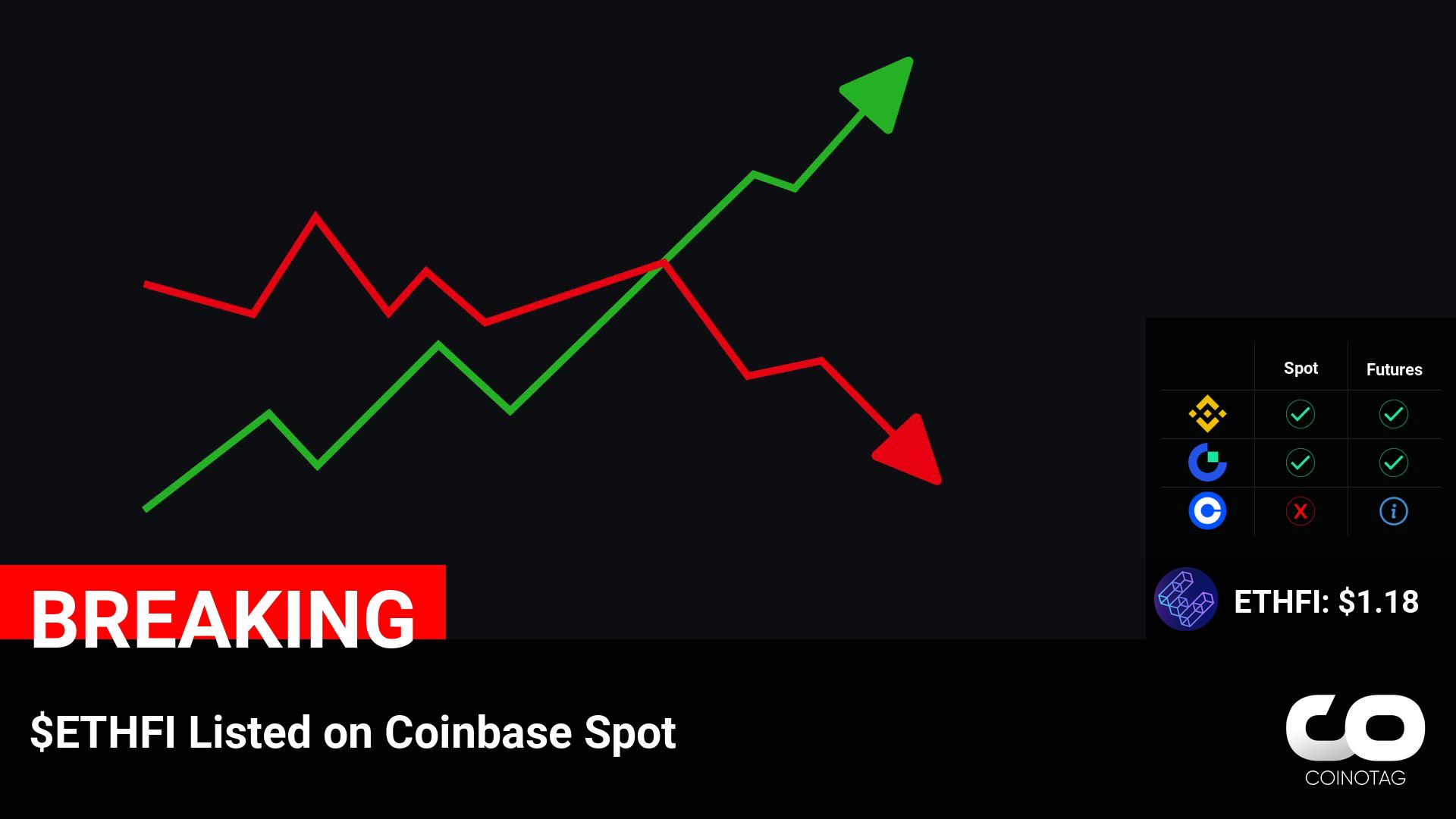|
Getting your Trinity Audio player ready… |
America’s new Crypto Czar’s first press conference stressed new digital asset legislation while dampening expectations of a strategic BTC boondoggle.
- Sacks to be you
- Sovereign wealth fund
- Lummis not down with Marshall plan
- Stablecoins are go!
- CFTC clips its enforcement wings
- SEC says sure, do whatever
- Coinbase celebrates regulatory capture
Sadly (but predictably), Sacks’ presser was a major letdown, serving more as a very rough blueprint for Congressional plans to advance digital asset legislation, with the initial focus squarely on stablecoins.
Earlier Tuesday, Sen. Bill Hagerty (R-TN) introduced the Guiding and Establishing National Innovation in U.S. Stablecoins (GENIUS) Act, a bill that aims to establish “a safe and pro-growth regulatory framework” for stablecoins. (More on this below.)
Sacks claimed clear stablecoin rules have the potential to ensure U.S. dollar dominance internationally, increase the dollar’s digital use as the world’s reserve currency, and create “trillions of dollars” in new demand for U.S. Treasury bills. Of course, technically speaking, your humble scribe has the potential to become Mr. Olympia one day, although my Vegas odds aren’t looking great at the moment.
Having served up this nothingburger, Sacks turned over control of the grill to Sen. Tim Scott (R-SC), the new chair of the Senate Banking Committee; Rep. French Hill (R-AR), chair of the House of Representatives Financial Services Committee; Sen. John Boozman (R-AR), chair of the Senate Agriculture Committee; and Rep. GT Thompson (R-PA), chair of the House Ag Committee.
The four pols discussed their shared conviction for passing stablecoin and market structure legislation—similar to last year’s FIT 21 bill—in the current session. They offered no timelines, although Scott obliquely referenced the importance of the first 100 days of any new administration. Both Scott and Hill stated the need to educate newly elected members on the finer points of digital asset technology.
The four chairs also revealed that their respective committees would form a bicameral working group to promote crypto bill advancements. This would be a separate effort from the president’s new Working Group on Digital Asset Markets (aka ‘crypto council’), which Sacks has been appointed to lead.
Monday’s hype helped fuel a recovery in the price of tokens such as BTC, which had slumped as low as $91,000 early Monday following the imposition of Trump’s economic tariffs on Canada, Mexico and China. (Safe haven, my butt.)
But the price of BTC and other tokens began falling anew even before Sacks finished speaking—dropping from $100,000 to $96,000 in two hours before regaining some of that lost ground—as it became clear that Crypto Santa had come down the chimney with an empty sack(s).
SWF (not ‘single white female’)
Trump disappointed BTC backers last month by failing to (a) definitively establish a ‘strategic BTC reserve’ or (b) even mention BTC in the context of his executive order to study whether to establish a ‘national digital asset stockpile.’ But BTC hopium springs eternal.
On February 3, Trump issued an executive order to “develop a plan for the establishment of a sovereign wealth fund” (SWF). The aim is to “promote fiscal sustainability, lessen the burden of taxes on American families and small businesses, establish economic security for future generations, and promote United States economic and strategic leadership internationally.”
Lots of countries have established SWFs, some with more success than others. Norway’s SWF collective, for example, has amassed assets worth a staggering $1.75 trillion, nearly one-quarter the sum of all global SWFs. China, Singapore and multiple Gulf states boast slightly smaller but still significant totals. On the flip side, Brazil’s SWF was shelved in 2019 due to a string of bad investments.
The incoming secretaries of the Treasury and Commerce have been given 90 days to develop the SWF plan, which includes “recommendations for funding mechanisms, investment strategies, fund structure, and a governance model.” The plan will also include “an evaluation of the legal considerations for establishing and managing such a fund, including any need for legislation.”
Critics of Trump’s SWF plans note that such beasts are traditionally funded with excess cash, something America lacks at present (given its $36 trillion national debt). Trump’s new Treasury Secretary, Scott Bessent, said Monday that America would “monetize the asset side” of its federal balance sheet for the SWF, but he failed to offer any specifics on what this would entail.
Following Trump’s announcement, the ‘BTC reserve’ diehards immediately began hyping the SWF as the perfect vehicle for stashing a whole lot of BTC. This would preferably involve tokens bought fresh from the market with taxpayer funds, all the better to provide some needed upward momentum to the perennially volatile BTC fiat price.
During Tuesday’s press conference, Sacks was asked about the possibility of the administration including digital assets in the SWF. Sacks demurred, saying the Working Group/Crypto Council planned to discuss “the feasibility of a Bitcoin reserve” as mandated under Trump’s executive order, which, it should be noted, mentioned neither ‘Bitcoin’ nor ‘reserve.’ However, Sacks added that “the concept of the [SWF] is a little separate, and you’ll have to talk with [Trump’s nominee for Commerce Secretary Howard Lutnick].”
Not a fan of this Marshall plan
The single biggest booster of a strategic BTC reserve on Capitol Hill is unquestionably Sen. Cynthia Lummis (R-WY), who, during the last congressional session, proposed a plan that would require the federal government to buy up to one million BTC tokens over a five-year period.
Lummis has expressed alarm over federal agencies’ plans to sell off BTC seized via law enforcement actions, as they are required to by law. Lummis takes particular exception regarding the Department of Justice’s (DoJ) January announcement of its plans to sell the 69,370 BTC seized from its actions against the now-defunct Silk Road dark web marketplace.
The DoJ also recently indicated its intention to return another 94,643 BTC to the Bitfinex exchange from whence they were stolen in an infamous 2016 hack. Together, these two token caches constitute about three-quarters of all the BTC currently in the government’s possession, which may be why Trump is now proposing a ‘stockpile’ that includes a variety of tokens, not just BTC.
Last month, Lummis wrote to the Director of the U.S. Marshalls Service expressing her “serious concerns about both the historical handling of [BTC] sales and the current plans for liquidation of these holdings.” Lummis asked several questions, including how many BTC the government still controlled and what it planned to do with them.
On January 31, Bloomberg reported that the Marshalls Service wouldn’t meet Lummis’s deadline for replying, but a source said the agency would brief Lummis and her staff “in the weeks ahead.”
Lummis, who last month was appointed head of the Senate Banking Committee’s Subcommittee on Digital Assets, announced on January 29 that one of the subcommittee’s “first orders of business will be to hold public hearings” on the BTC reserve boondoggle.
Muck out the stables
Getting back to Sen. Hagerty’s GENIUS stablecoin bill, my colleague James Field will be along directly to delve deeper, but here are a few highlights.
There will be restrictions on the types of assets that can be used as reserves (so U.S. dollars, short-term T-bills, money market funds, but not other digital tokens), as well as where reserves are stored (U.S.-insured depositary institutions only). Stablecoins with market caps over $10 billion would be subject to Federal Reserve oversight, while smaller stables would be overseen by state authorities.
GENIUS follows a discussion draft on stablecoin regulation that Hagerty floated last October, which itself was built upon the Clarity for Payment Stablecoins Act introduced in the House of Representatives in 2023 by now-retired Rep. Patrick McHenry (R-NC), which in turn was influenced by Hagerty’s own Stablecoin Transparency Act of 2022.
Notably, GENIUS would require stablecoin issuers to submit “reports” indicating that their issued tokens are indeed backed 1:1 with dollars or their equivalent. These reports must be “examined by a registered public accounting firm” and fudging the figures would expose the issuers to potential criminal charges.
Trump’s Commerce Secretary pick, Lutnick, has deep ties to the controversial Tether (USDT) stablecoin, which has steadfastly refused to submit its $140 billion reserve assets to third-party scrutiny.
The Wall Street Journal previously reported that Lutnick promised Tether bigwigs he’d run interference for them against any legislation that ran counter to Tether’s desires. Lutnick denied these reports in statements to Congress, saying he’d “never suggested to anyone that I would do anything improper with respect to Tether.”
Hagerty’s bill was co-sponsored by Senators Lummis and Kirsten Gillibrand (D-NY), who introduced their own ‘payment stablecoins’ bill last April. The ‘payment’ qualifier is widely perceived as a favor to USDC, Tether’s less-scandalous stablecoin rival issued by U.S.-based Circle via a partnership with the U.S.-based Coinbase (NASDAQ: COIN) digital asset exchange.
With November’s election having returned the most ‘pro-crypto’ Congress in history and Republicans now in charge of the Senate, it’s a safe bet that Hagerty’s bill will enjoy a smoother path to becoming law. That is unless the WSJ was right and Lutnick—a personal friend of Trump—decides to put his thumb on this scale.
CFTC puts enforcement on ice
Tuesday was clearly a coordinated effort by Washington’s crypto advocates, as the day brought reports of major refocusing of crypto policy at both the Securities and Exchange Commission (SEC) and the Commodity Futures Trading Commission (CFTC).
Over at the CFTC, acting commish Caroline Pham announced a reorganization of its Enforcement unit “to combat fraud and help victims while ending the practice of regulation by enforcement.”
The Enforcement unit will now be split into two task forces: a Complex Fraud Task Force and a Retail Fraud and General Enforcement Task Force.
The Complex crew will be led by Deputy Director Paul Hayeck and will focus on “preliminary inquiries, investigations, and litigations relating to complex fraud and manipulation across all asset classes.”
The Retail crew will be led by Deputy Director Charles Marvine and will handle retail fraud and “general enforcement matters involving other violations of the Commodity Exchange Act.”
Pham—who thought crypto felon Sam Bankman-Fried had cool hair not long ago—said the restructuring “will stop regulation by enforcement and is more efficient. These much-needed changes will maximize the CFTC’s resources to bring more actions to pursue fraudsters and other bad actors, and not punish good citizens.”
SEC: hands up for hands off!
On Monday, Reuters reported that SEC lawyers had been told they now needed to “seek permission from the politically appointed leadership before formally launching probes.” Reportedly, lower-level staff can still informally dig into suspected shenanigans but can’t issue subpoenas for testimony or evidence without the higher-ups’ okay.
The SEC, under previous chair Gary Gensler, had led the fight to rein in crypto excesses, but acting chair Mark Uyeda and holdover commissioner Hester Peirce are making it clear there’s a new sheriff(s) in town. On Tuesday, Peirce issued a lengthy statement detailing how the SEC’s newly formed Crypto Task Force—which Peirce leads and just added three new members—intends to proceed.
Peirce said Gensler’s tenure was “marked by legal imprecision and commercial impracticality” and urged patience in how the SEC might “disentangle all these strands, including ongoing litigation.” Peirce said the SEC will “welcome requests for no-action letters” from crypto operators that indicate SEC staff “will not recommend enforcement action to the Commission.”
Peirce insisted that the new-look SEC will “not tolerate liars, cheaters, and scammers” but hopes to provide an environment in which individuals/entities “have great freedom to experiment and build interesting things.”
Case in point: sites such as Pump.fun now allow anyone to issue a memecoin in a few minutes, and “if people want to buy a token or product that lacks a clear long-term value proposition, they should feel free to but should not be surprised if someday the price drops … people must decide for themselves, not look to Mama Government to tell them what to do or not to do, nor to bail them out when they do something that turns out badly.”
The SEC’s task force is also thinking about providing “temporary prospective and retroactive relief for coin or token offerings for which the issuing entity or some other entity willing to take responsibility provides certain specified information, keeps that information updated, and agrees not to contest the Commission’s jurisdiction in the event of a case alleging fraud in connection with the purchase and sale of the asset. These tokens would be deemed to be non-securities. Thus, there would be no uncertainty as to whether they would be able to trade freely on secondary markets not registered with the SEC as long as the information is kept up-to-date and accurate.”
Birds of a feather
Forgive us diehard cynics, but Peirce’s final quote above sounds like it was lifted directly from Coinbase CEO Brian Armstrong’s recent announcement that his exchange needed to “rethink our listing process” to keep pace with the insane number of new memecoins being released. Armstrong also believed the solution was to “move from a [sic] an allow list to a block list, and utilize customer reviews/automated scans of onchain data etc to help customers sift through.”
It’s worth noting that statistics show that three-quarters of influencer-promoted memecoins are now worthless, and another 10% lost 90% of their value within three months of their launch. We’re sure all of the people who lost their life’s savings buying these digital Beanie Babies had a good time, though, huh?
That loser token list may soon include Trump’s own memecoin $TRUMP, which dipped below $16 on February 4. That’s nearly 80% off its all-time high shortly after its launch three days before Trump’s inauguration ceremony. And the token keeps falling, despite the president continuing to promote its sale via his Truth Social account. (His wife Melania’s token is around 88% off its peak price.)
Coinbase showed rare restraint in not listing $TRUMP immediately, but list the token it did a few days after its launch. The price was hovering in the mid-40s at the time, meaning effectively anyone who bought $TRUMP via Coinbase is now in the red. Still, the friends we made along the way, right?
“Hey, is that a crypto cliff up ahead?”
Yep.
“Hey, the brakes don’t work!”
What are these ‘brakes’ to which you refer?
Watch: Teranode is the digital backbone of Bitcoin
CoinGeek – Read More










